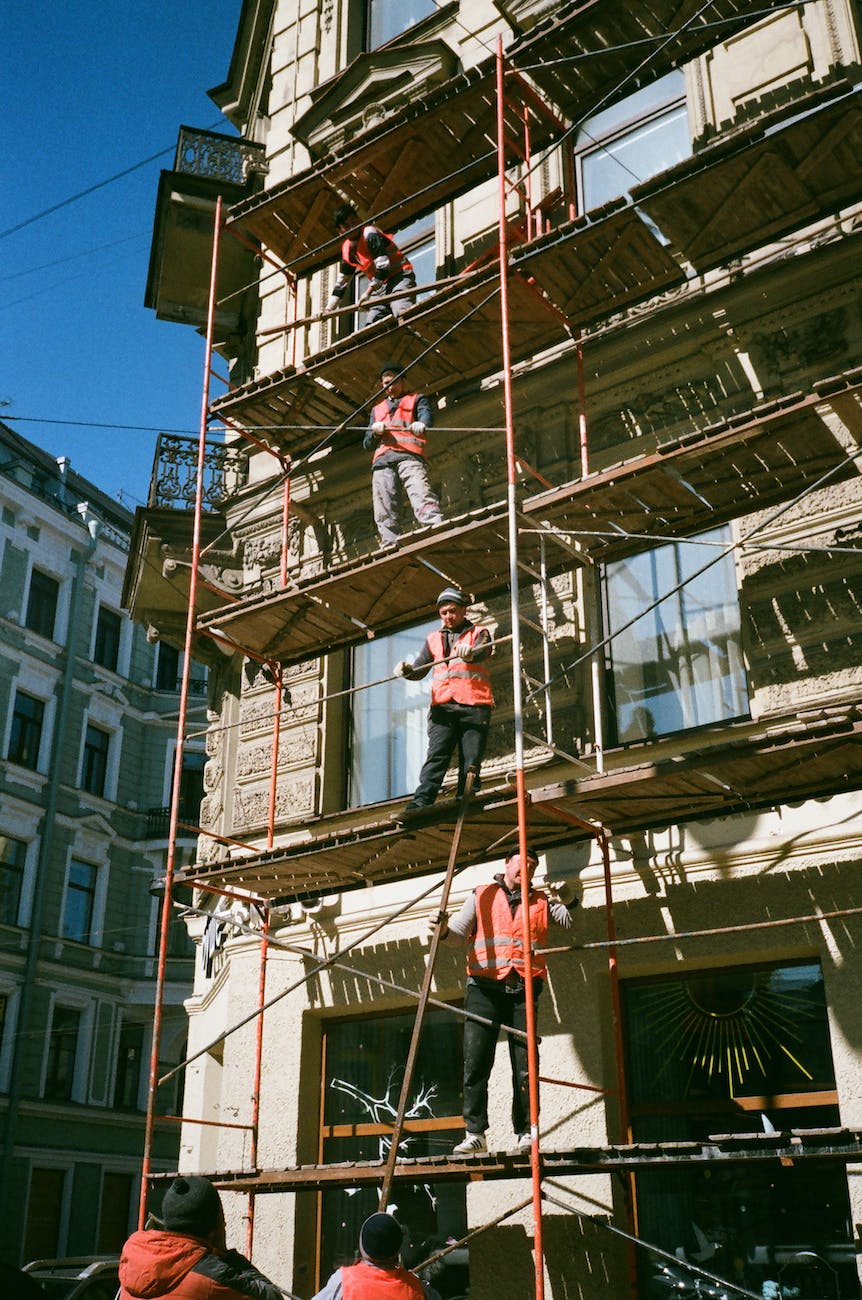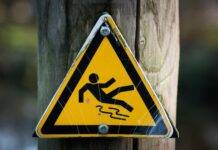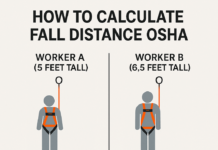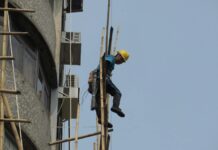
OSHA Scaffold Guardrail Requirements
Introduction to OSHA Scaffold Guardrail Requirements
Safety within the construction industry is paramount, especially concerning scaffolding, where workers often operate at heights. The Occupational Safety and Health Administration (OSHA) has laid down stringent regulations to ensure the safety of workers through scaffold guardrail requirements.
Understanding Scaffold Guardrails
Guardrails on scaffolds play a pivotal role in preventing falls and ensuring a secure work environment. They consist of various components and are integral to the overall safety system.
OSHA Standards for Scaffold Guardrails
OSHA mandates specific requirements for scaffold guardrails to mitigate risks. Compliance with these standards is crucial for a safe working environment and to avoid penalties.
Types of Scaffold Guardrails
Diverse designs and configurations of scaffold guardrails offer varying degrees of protection. Understanding these types aids in selecting the most appropriate system for different scenarios.
Installation and Maintenance Guidelines
Proper installation techniques and regular maintenance are essential to uphold the effectiveness of scaffold guardrails. Adhering to guidelines ensures optimal safety.
Training and Education
Educating workers on scaffold safety is key. Ongoing training programs are essential to keep the workforce updated on best practices.
Common Misconceptions and Mistakes
Addressing misconceptions and avoiding common errors in implementing guardrail systems is critical to ensuring their efficacy.
Benefits of Compliance
Compliance with OSHA standards not only ensures worker safety but also provides advantages for employers in terms of reduced accidents and enhanced productivity.
Future Trends and Innovations
Technological advancements continue to revolutionize scaffold safety, leading to innovative guardrail systems.
Case Studies and Examples
Real-life scenarios highlighting successful implementations of guardrail requirements provide insights into practical compliance.
Industry Challenges and Solutions
Navigating challenges in meeting OSHA requirements demands innovative solutions and industry-wide cooperation.
Collaboration and Partnerships
Collaboration among stakeholders is vital to enhancing safety measures and ensuring compliance.
Evolving Regulations and Updates
Keeping abreast of changing regulations is crucial to maintain compliance with OSHA scaffold guardrail requirements.
Global Impact and Comparisons
Comparing OSHA standards with global counterparts and understanding the global impact of these requirements offers valuable insights.
Conclusion
In conclusion, adhering to OSHA scaffold guardrail requirements is imperative for a safe working environment. Implementing these measures not only ensures compliance but also prioritizes the well-being of workers.
OSHA Vertical Lifeline Requirements
OSHA Fall Protection Requirements
OSHA Anchor Point Requirements
FAQs
- What are the primary components of a scaffold guardrail system?
- The primary components include top rails, mid rails, and toe boards. Top rails run along the edge of the scaffold, mid rails are positioned midway between the top rail and the platform, and toe boards prevent objects from falling off the scaffold.
- How often should scaffold guardrails be inspected?
- Scaffold guardrails should be inspected before each work shift to ensure they are secure and in proper condition. Additionally, thorough inspections should occur after any alterations or adverse weather conditions.
- Are there any penalties for non-compliance with OSHA scaffold guardrail requirements?
- Non-compliance with OSHA scaffold guardrail requirements can result in penalties that vary based on the severity of the violation. Penalties may include fines or citations, emphasizing the importance of adherence to regulations.
- What are the most common mistakes made in installing scaffold guardrails?
- Common mistakes include improper installation of components, inadequate securing of guardrails, and overlooking the necessity of toe boards. Failure to follow manufacturer instructions and OSHA guidelines can also lead to errors.
- How do OSHA scaffold guardrail requirements compare to international standards?
- OSHA scaffold guardrail requirements are stringent and focused on ensuring worker safety. While some similarities exist with international standards, OSHA standards are tailored to specific workplace conditions in the United States. Comparisons often reveal variances in specifics but maintain a shared commitment to safety.

























S